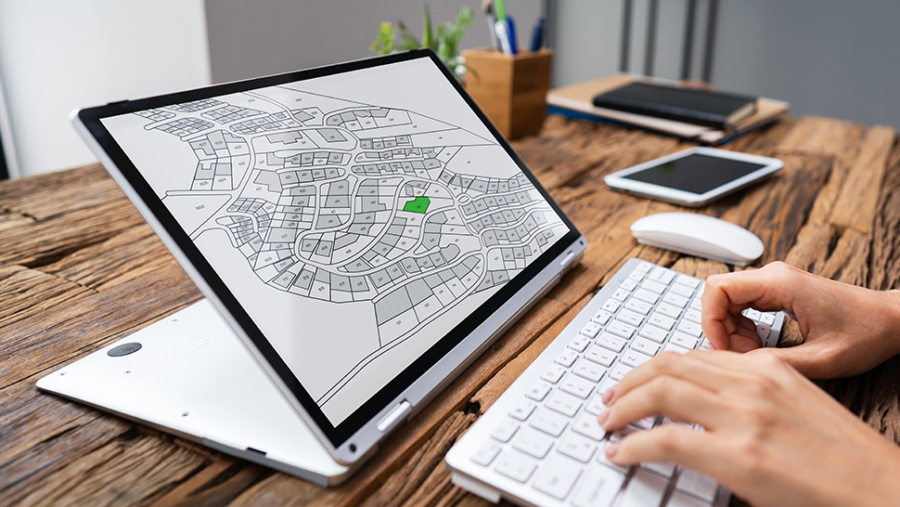

Even before Covid-19, the Land Registry was under pressure to accept deeds completed electronically as part of the land registration process. It confirmed they would accept electronic signatures and confirmed the new guidelines in July 2020. Here’s what’s changing and why.
Do I have to print the document off and sign it by hand?
No. The Land Registry has now advised that it will accept registration transfers and certain other deeds that have been electronically signed, so long as their requirements are met.
Is this only for individuals or can companies do this too?
It’s for both. A deed can be signed by an individual on their own behalf or on behalf of another person, including a company.
Do I still need a witness?
Yes. The legal formalities required to validly execute a deed are unchanged. A witness must also sign the documents electronically.
How do I know the process is secure?
The security and integrity of the process is Land Registry’s first concern and it has been working with the electronic platform sector to ensure it is both secure and practical. The new guidelines will enable platform providers to adapt to the specific requirements of the Land Registry. As your solicitor we will be required to certify to the Land Registry that the requirements have been met.
How does it work?
We upload the agreed version of the deed to the electronic platform. You and your witness will be sent a one-time password by text. You will both receive an email to enable you to access the deed on the electronic signature platform that we set up and control. The audit trail will record the time and date you witnessed the document and then message your witness inviting them to sign the document and add their address to the deed, again recording the time and date this took place.
Do I have to sign by electronic signature if I do not wish to?
No. This process cannot be forced on you as you must agree to use the electronic signature process. The Land Registry will also accept “mixed signing”, where you sign a document in the conventional way and the other party uses the electronic signature platform.
Do you think these changes are positive?
We are excited at this change as for some of our clients as it will make the signing of documentation much easier and quicker, helping to speed up the process and add convenience and simplicity. If clients choose to sign electronically, they will no longer need to wait for the post. For clients who work abroad or travel around for work, it will mean no more printing off and dropping in at the postbox.
What next?
The next stage would be to introduce full digital signatures. These are a form of digital signature that verify the signatory’s identity before they sign with no witness needed.










